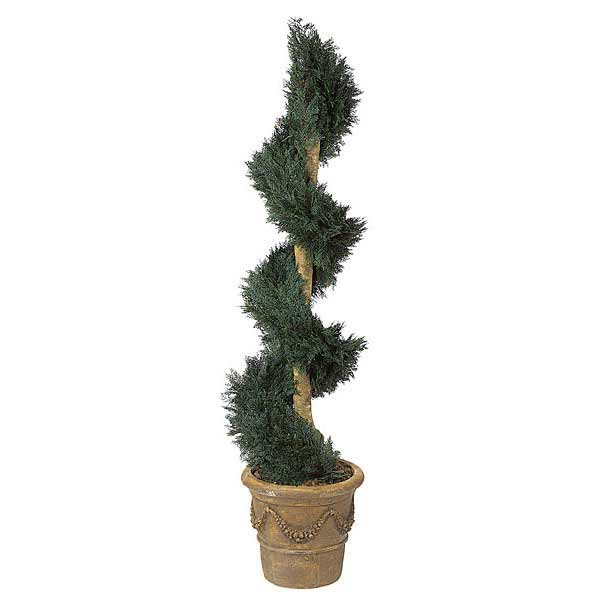When you think of Tuscany, rich Mediterranean colors, great wines, and beautiful rolling landscapes all come to mind. Bring each of these elements into your back yard and it is sure to become a favorite spot for friends and family to hang out. This article will tell you how to turn your space into a beautiful Tuscan retreat, complete with dining space and even a wine bar.
This is going to be a two-part blog that will continue tomorrow on Premiere Adirondack Chairs. Today, we will focus on how to start with a blank slate and layer on a Tuscan design. Tomorrow, we will fill that space with beautiful furniture and decorative touches.
The Walls
Before you can go shopping for tables and chairs, you have to address the bones of the space. Tuscan walls are lively yellows, rich burgundies, and beautiful shades of rust. Color is not enough though; they also offer up a lot of texture and are often made out of stucco. If you have a smooth wall, do not despair. You can add texture through subtle sponging and ragging techniques. Don’t worry about getting things perfect, Tuscan design has an aged patina to it anyway.
The Floors
If you have the luxury of starting from scratch, consider laying beautiful terra cotta tiles down on your deck or patio. That doesn’t mean that you have to rip up an existing concrete slab. You can always stain the concrete a rust color. If you be more ambitious, choose two closely related concrete stains or paints and use a tile-shaped stencil over your concrete slab to make it look like hand-laid stone or tile.
The Plants
Tuscany is known for their natural landscapes. When you are designing your space, bring in lots of climbing vines, low potted plants, and tall juniper topiaries. If you want to layer in some fragrant, natural plants, stick with lavender and thyme. Both are native to the region and are as beautiful as they are fragrant.
When you are deciding which plants to use, look at the USDA Hardiness Zone that you live in and then the zones that the plant is approved for. If you live in a zone that does not match up with the zones the plant is approved for, go artificial and save yourself the frustration of trying to keep a real plant alive.
The Accents
Wrought Iron, copper, and terra cotta are all materials that are commonly used in Tuscan design. Hang wrought iron elements on the walls, decorate with old terra cotta plants, and bring in copper lighting fixtures to reinforce your Mediterranean design. Fire pits, pergolas, and outdoor fireplaces are all in keeping with this style.
About Philip Travers
Twitter •



 WishLists
WishLists
 My Account
My Account






